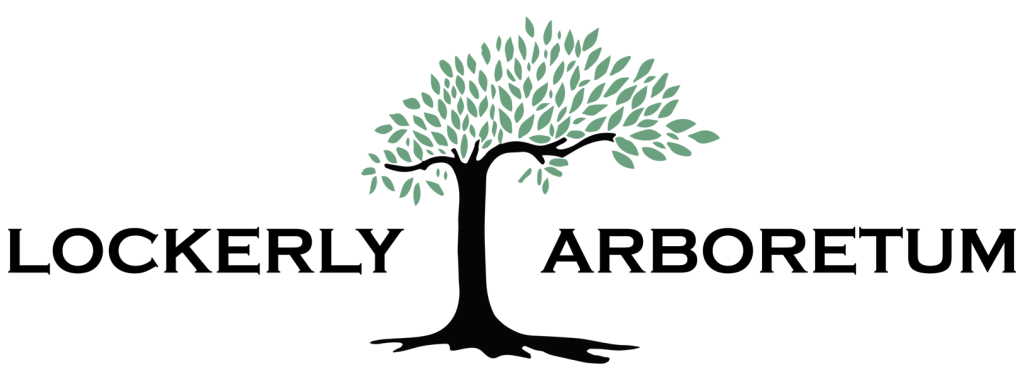LETTERS FROM LOCKERLY: Simple ways to support wildlife this winter
Published 2:32 pm Tuesday, November 19, 2024
As winter approaches and trees shed their leaves, yard cleanup becomes another seasonal chore. Many of us prepare to tidy up our backyards and gardens by raking leaves, cutting back plants, and clearing away debris. However, what if your backyard could play an important role in supporting wildlife habitat?
All you need to do is do less yard work.
Leaves aren’t just a seasonal nuisance; they’re a crucial resource. When we remove them, we remove shelter and insulation for a host of species that depend on natural ground cover to survive winter. Pollinators like butterflies, moths and native bees use leaves to protect their eggs, larvae, and pupae from cold weather. Many caterpillars, for example, burrow into leaf piles to overwinter and will emerge in spring to continue their life cycles.
Trending
Leaving leaves and plant debris in your yard doesn’t mean surrendering your yard to the wild. Instead of leaving leaves scattered about, you can collect them into garden beds or use them as mulch around the bases of trees. Thin layers of leaves are actually beneficial for grass, and any excess leaves can be used in garden beds or spread over bare soil to help suppress weeds, retain moisture, and enrich the soil with nutrients. Leaves decompose rather quickly in Georgia’s humid, subtropical climate. This process provides nutrients to earthworms, fungi and other microorganisms fundamental to a healthy soil ecosystem. There’s little reason to haul away leaves and other good organic material, only to purchase mulch and compost the following spring. By leaving the leaves, we’re not only helping pollinators and other beneficial insects, but also fostering a more resilient and self-sustaining landscape.
Other plant materials also serve as habitats for wildlife. Leaving dead stems, fallen logs, dried flowers, and seed heads can provide shelter and food for birds, small mammals, and insects during the colder months. Many native bees nest in hollow stems or in the soil. By leaving plant stems intact over winter, you’re offering potential nesting spots for these important pollinators. Seed heads provide a natural food source for birds like finches and sparrows, which remain in the area over winter. Birds also benefit from shrubs, tall grasses, and unpruned plants that provide shelter from predators and harsh weather. Delay cutting back plants until spring when temperatures start to warm up. This gives insects, including pollinators, a chance to complete their life cycles. In early spring, any remaining plant material can be trimmed back to encourage new growth. Small mammals like chipmunks and squirrels will use leaf piles and dense plant materials for cover. Insects like ladybugs, beetles and spiders often seek out such environments for warmth and protection.
By adopting a less aggressive approach to winter garden cleanup, you’re allowing your backyard to serve as a haven for many forms of life that would otherwise struggle to find shelter in manicured spaces. By leaving leaves, fallen logs, plant debris, and seed heads over winter, you support not just pollinators, but also the broader ecosystem that these species contribute to. Healthy, biodiverse gardens are more resilient to pests and require fewer chemical inputs. This winter, try taking a step back and embrace natural cycles to help mitigate habitat loss caused by urbanization and conventional landscaping practices. As stewards of our green spaces, we have the opportunity to play an important role in preserving biodiversity right in our own backyards.
– Carter Payne is the horticulturist at Lockerly Arboretum.






